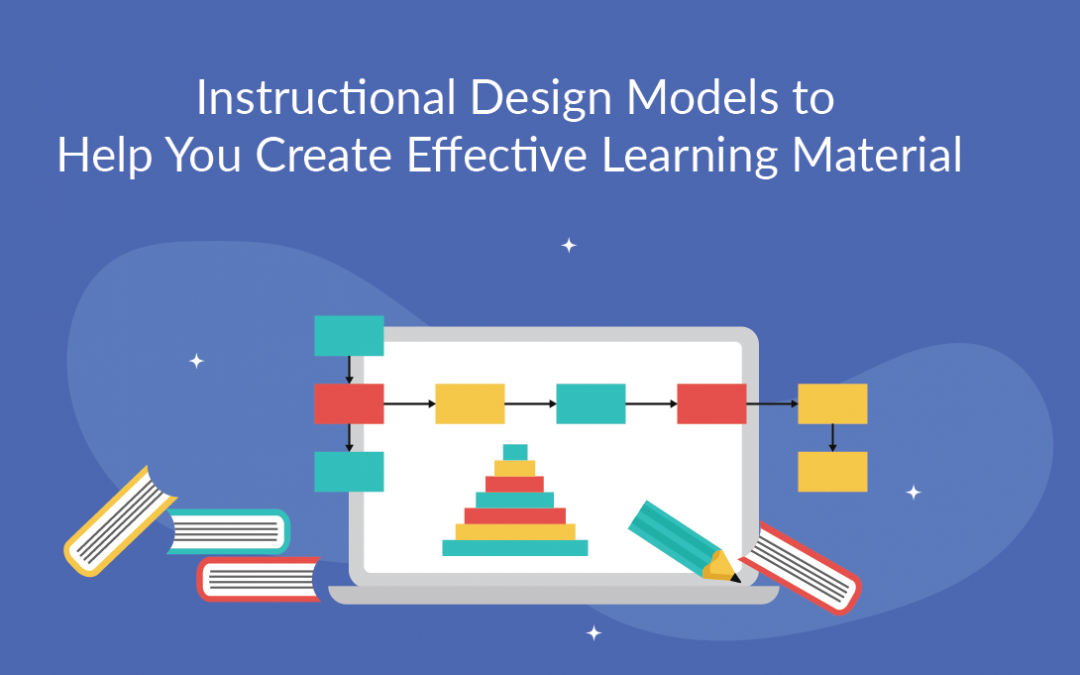Learner experience, like an e-Learner’s entire learning experience, doesn’t represent a binary encounter between the learner and their Learning Management System (LMS).
It is a considerably catholic phrase that encompasses a variety of aspects of interactions amongst learners and their learning environment. It incorporates every relationship a learner has with the curriculum or course that they attend, as well as the experiences gained along the route.
In reality, learners’ experiences extend beyond what they have learned. It includes everything linked to the learning procedure, such as where, how, and when they are engaged well with the learning environment, as well as how the curriculum is organized and methods implemented to teach the subject.
It comprises the satisfaction or frustration an individual may have encountered along their learning journey. In that sense, learner experience encompasses all a learner faced along their particular learning trajectory. It also evaluates the engaging constituents of the voyage.
In addition, it takes into account the social interactions that are linked with learning.
Why is it Important to Have Both Learner Experience and Learning Experience When Implementing Innovative Learning and Development Programs?
Offering employees continual learning opportunities through a memorable learner experience is the cornerstone to providing them with a long, profitable, and satisfying career at the company.
With so many people in the profession now earning and learning offsite, the learning dynamics have evolved.
Learner experience and learning experience are both vital aspects for developing effective and comprehensive learning and development programs. By concentrating on either one of these factors, organizations risk creating learning solutions that do not empower learners with memorable learning and performance enhancements.
What Tactics Can Assist You in Creating Outstanding Learner Experiences?
Following are some strategies that will propel your digital training packages to the top rankings.
1. Use statistics to improve and expand your expertise:
Collecting data on your clients’ learning experiences can offer you clarity into what’s functioning and what’s not, what’s meeting their requirements, and what they find unnecessary. You will benefit from the guideline to using data to build and improve e-learning!
As a result, you may build items that improve over time. That is more precise, groundbreaking, geared to your users, and provides them with the greatest learning experiences available.
2. Focus on providing rapid modifications:
We often anticipate speedy solutions to challenges in our fast-paced society. After all, not all learning issues can be solved in this manner, and at times, we require more in-depth learning experiences. Make sure that your material meets both of these requirements.
3. Incent public to visit for more and more:
If you’ve piqued the interest of your users but want them to return for more, try encouraging and rewarding them as they progress through the learning sessions. Leaderboards, badges, and success stories are just a few examples of incentivization techniques.
4. Strive to be at the center of consumers’ hard slog:
Microlearning is an effective strategy for ensuring that your data integrates into your users’ long-term learning experiences, which usually leads to better, longer-term performance gains. The trick is to be able to provide microlearning at scale, which experts refer to as Big Learning.
Conclusion
At first look, learner experience and learning experience appear to be the same. They are not, according to seasoned L&D experts. Although there are minor differences, the two words can be used alternatively in some situations.
I believe that the ideas outlined in this post will help L&D experts get a good start on building great learners and learning experiences.
